Hydronephrosis is a condition in which the kidney's collecting system is dilated above the level of the pelvic-ureteral junction. This process is caused by urine collection in the left or right kidney, or sometimes in both, which occurs when the outflow of urine is obstructed.
The essence of the disease is the dilatation of the pelvis and renal calyxes. It is then possible to develop serious complications, some of which are even life-threatening for the patient.
Hydronephrosis hits people of all ages. However, two particular age groups are more prone. Dividing the situation, there are inborn and developed types of this. The signs change based on how serious the illness is. For those with mild hydronephrosis, symptoms often don't show up. Only routine checks reveal it. To confirm hydronephrosis, simple tests are needed. The good news is that treating hydronephrosis is possible. The success of treatment is affected by the cause and the disease's severity.

Hydronephrosis isn't age-specific. Adults can have it, but kids get it too, and that's worrisome. Birth defects often cause it in kids. Pregnant women often get hydronephrosis, posing risks to both mother and baby. Hydronephrosis in pregnancy is not always dangerous; it is often a normal occurrence associated with changes typical of pregnancy. It is then called physiological hydronephrosis![]() .
.
Children – Hydronephrosis is common in newborns. The cause of hydronephrosis at such a young age is congenital disabilities that cause various abnormalities in the body. In such cases, the problem is usually diagnosed even earlier, as it is already in the fetus in the womb. Abnormalities are shown by prenatal ultrasound.
Pregnant women – Hydronephrosis in healthy adults is rare, but it is relatively common in pregnant women. It has to do with the effects of hormones and increased abdominal pressure due to uterine growth, which can lead to urinary stasis. Chronic urinary stasis in the kidneys is not dangerous for either the baby or the pregnant woman. The problem is acute urinary stasis in the kidneys, which is life-threatening.

Hydronephrosis is a condition in which, due to impaired outflow of urine from the kidney, there is a varying degree of dilatation of the renal pelvis![]() and calyxes
and calyxes![]() , one of the initial sections of the urinary tract. Due to their pathological enlargement, the renal parenchyma atrophies, causing the number of nephrons responsible for making urine and filtering the blood from harmful products of metabolism to be significantly reduced.
, one of the initial sections of the urinary tract. Due to their pathological enlargement, the renal parenchyma atrophies, causing the number of nephrons responsible for making urine and filtering the blood from harmful products of metabolism to be significantly reduced.
The immediate cause of this condition is usually the collection of urine in the left or right kidney, or sometimes in both, which occurs when the outflow of urine is obstructed – for example, by lingering kidney stones or a tumor.
The calyces are located inside the kidneys, and their primary function is to collect urine from the so-called nephrons, the central structural and functional units of this organ, which filter blood and produce urine. Conversely, the pelvis is the initial part of the ureter, acting as a reservoir that receives urine from the calyces before it is directed toward the urethra.
On the other hand, there can be many etiological factors or indirect causes of hydronephrosis. These can be congenital![]() or acquired
or acquired![]() defects. Other causes cause hydronephrosis in the prenatal period and others in adulthood. Therefore, the causes can be divided into those occurring in children and those occurring in adults.
defects. Other causes cause hydronephrosis in the prenatal period and others in adulthood. Therefore, the causes can be divided into those occurring in children and those occurring in adults.

The most common causes of hydronephrosis in newborns include:
Subpelvic stenosis of the ureter – Subpelvic obstruction can be congenital or acquired. Prolonged high pressure in the pelvic-celiac system due to subpapillary obstruction causes a decrease in glomerular filtration rate. Over time, glomerular sclerosis, inflammatory changes, and kidney fibrosis occur secondary to persistent sub-pelvic obstruction. Stenosis of the pelvic-ureteral junction causes obstructed or no urine outflow from the kidney.
Primary vesicoureteral reflux – Vesicoureteral reflux can be congenital, caused by immaturity or defect in the mechanism of the vesicoureteral valve, or secondary, caused by high bladder pressure or destruction of the vesicoureteral valve. The process involves the backflow of urine from the bladder into the ureters and the renal pyelocalyceal system, causing hydronephrosis. Usually, there is no backflow of urine from the bladder into the ureter due to a vesicoureteral valve. The action of this valve is due to the proper construction of the ureteral outlet to the bladder.
Parovesical stenosis of the ureter and giant ureter – Ureters are even organs that connect the renal pelvis to the bladder. Their primary function is to drain urine from the renal pelvic system into the bladder. One of the most commonly cited theories explaining the formation of giant ureters is the abnormal function of the intramural segment of the ureter combined with impaired peristalsis of the ureter. It is assumed that the abnormal peristalsis of the intramural segment is caused by its neuromuscular immaturity or the peculiar structure of the ureter wall.
Polycystic dysplasia of the kidney – Initially, this condition was considered extremely rare, but in recent years, there have been an increasing number of reports. Renal polycystic dysplasia is a genetic condition that leads to kidney failure. Due to multiple, constantly growing cysts that exert constant pressure on the kidneys, the structures of the organ itself are destroyed. The cystic surface can be felt even by touch and visible to the naked eye. This inevitably leads to further impairment, hydronephrosis, and other serious complications.
Posterior urethral valves and urethral atresia – Posterior urethral valve is a sporadic congenital disability. The process involves the folds of the valve extending obliquely down the urethra in an extension of the folds of the seminal tubercle and joining at the anterior wall of the urethra. When there is an obstruction to the outflow of urine from the very beginning of its production, the normal morphogenesis of the renal parenchyma is inhibited. Typically, a patient with a valve is born with incomplete kidneys without the potential for regeneration, resulting in complications and the possibility of hydronephrosis.
The above-mentioned pathological mechanisms can have different origins. Most often, however, hydronephrosis is caused by abnormalities in the form of congenital disabilities![]() . In summary, the most common cause of hydronephrosis is genetic factors, which cause structural abnormalities to be apparent from birth. Abnormalities in newborns are associated with a severe course of the disease after birth and a worse prognosis than in other situations.
. In summary, the most common cause of hydronephrosis is genetic factors, which cause structural abnormalities to be apparent from birth. Abnormalities in newborns are associated with a severe course of the disease after birth and a worse prognosis than in other situations.
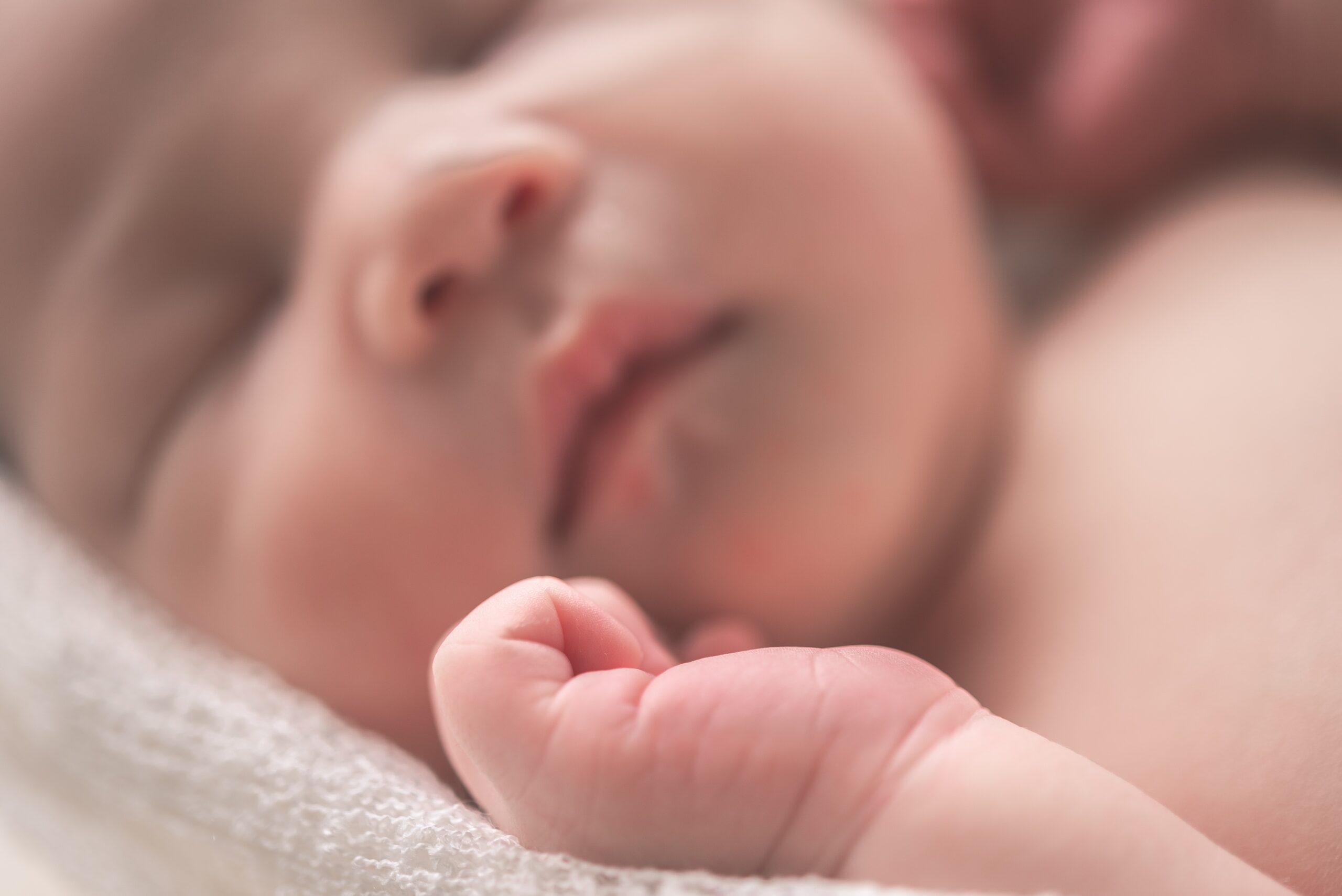
Causes of hydronephrosis in adults include:
Urinary tract obstruction – Ureteral stricture is a defect in the ureter that leads to stasis of urine above the stricture. The kidney produces urine in the average amount, but there is an obstruction in the outflow pathway that makes it difficult for the urine to flow through the ureter into the bladder. Urinary tract Obstruction is caused by various types of strictures, curvatures, adhesions, and other problems of varied origin, both congenital and acquired.
Nephrolithiasis – A disease involving the deposition of stones in the urinary tract, which are formed from minerals filtered by the kidneys. If they are small enough, they often manage to be expelled before the problem becomes more serious. However, the deposits can block the ureter, causing urine to stagnate in the kidneys. In this way, they cause hydronephrosis.
Renal pelvic inflammation – Acute infection of kidney tissues is caused by bacteria that originate in the lower urinary tract and enter the kidneys via the ascending pathway through the ureters. The inflammatory process of the renal pelvis can take an acute or chronic form. When it goes through the bacteria in the urine, the physiologically produced urine cannot be entirely excreted, which lodges in the kidney and causes hydronephrosis.
Urinary tract infections – UTIs happen when harmful germs invade your urinary system. Usually, the bladder, ureters, and kidneys are germ-free zones. But, sometimes, these bad bugs sneak in and multiply. These unwelcome guests cause regular and long-term UTIs. Such infections could force the kidneys to swell by backing up urine – a condition known as hydronephrosis.
Renal reflux – Involves the backflow of urine from the bladder into the ureters; sometimes, the urine backs up into the kidneys, causing gradual damage to the kidney parenchyma. Damage to the kidneys by the reflux wave of mostly infected urine leads to scarring of the kidneys, leading to deterioration of kidney function and hypertension. In this case, hydronephrosis is caused by returning the bladder's contents to the ureters and kidneys.
Cancer – The lower belly often sees tumors grow, namely in men's prostate or women's cervix. These masses bring on pressure from the outside. There’s also a chance for tumors inside the urinary path, particularly in the urethra or ureters. Due to these tumors, hydronephrosis can occur in the urinary tract.
Diabetes mellitus – This condition is a metabolic disease of civilization characterized by elevated blood sugar levels. Hydronephrosis can be caused by diabetes, during which kidney damage occurs. Long-term high blood glucose can damage the walls of the small blood vessels in the kidneys. Holes form, and the vessel walls become more permeable, which means more proteins are excreted in the urine.
The causes mentioned above indicate that in adults, the causes of hydronephrosis are usually associated with diseases![]() . In adults, the most common acquired causes are urinary calculi blocking urinary outflow and urinary tract tumors. However, adults can also have congenital hydronephrosis. In addition, hydronephrosis is often caused by physiological changes occurring during pregnancy.
. In adults, the most common acquired causes are urinary calculi blocking urinary outflow and urinary tract tumors. However, adults can also have congenital hydronephrosis. In addition, hydronephrosis is often caused by physiological changes occurring during pregnancy.

Due to the location of the problem, unilateral and bilateral hydronephrosis can occur. Different degrees of severity of the abnormality make distinguishing between mild, moderate, and severe hydronephrosis possible. In lighter forms, it can be asymptomatic![]() , while more advanced conditions usually present a range of symptoms and require prompt implementation of treatment. General symptoms of hydronephrosis include:
, while more advanced conditions usually present a range of symptoms and require prompt implementation of treatment. General symptoms of hydronephrosis include:
Pain – You feel a hurt or ache in your stomach and lower back area spreading to the testicles or central pubic region. If you have kidney stones, the key sign would typically be pain focused near the left or right kidney. When a doctor checks you, you might report more discomfort if your lower back is shaken on the side with water kidney. It is characteristic of unilateral loin pain![]() . Also, there could be pain and a burning sensation while you urinate.
. Also, there could be pain and a burning sensation while you urinate.
Blood in the urine – Blood in the urine is not always present, but it is possible. Blood in the urine can be visible and change the color of the urine to brown or red, but it is also sometimes latent, visible only under a microscope. In both cases, it can herald serious urinary tract problems.
Urinary problems – Due to the accompanying urinary stasis, urinary disturbances are also a symptom, which can present themselves in passing reduced amounts of urine, i.e., oliguria, to even complete spinelessness in the case of closure of the urethral lumen. One also possible is polyuria or increased urination. Due to such significant urination disorders, hydronephrosis can be dangerous, even life-threatening.
Gastrointestinal problems – Hydronephrosis may trigger odd signs, making it tricky to spot. Such signs may be sickness, throwing up, feeling bloated, stomachache, and issues with eating. Patients usually feel overly tired and weak, too.
Flu-like symptoms – You can get fever and chills due to an infection. Sometimes, it's caused by hydronephrosis, a health condition. Symptoms usually show up fast if you have an infection. Substantial illnesses also cause similar symptoms. These illnesses include mononucleosis, Lyme disease, viral hepatitis, and rheumatologic arthritis.
Hypertension – Early signs of high blood pressure may seem unclear. They could range from headaches to dizziness, fast heart rate, or feeling unusually hot. High blood pressure or hypertension sticks around for the long haul. In adults, troubled kidneys might hint at high blood pressure![]() . It could even mean a condition called hydronephrosis. High blood pressure is often found lurking behind long-lasting kidney problems.
. It could even mean a condition called hydronephrosis. High blood pressure is often found lurking behind long-lasting kidney problems.
A palpable nodule – Hydronephrosis might cause a feelable lump![]() , often seen in kids, even babies. Sometimes, hydronephrosis doesn't show signs if it builds up slowly. Yet, if it grows large, it could resemble a stomach tumor. A big kidney can either be felt with a touch or press on stomach organs.
, often seen in kids, even babies. Sometimes, hydronephrosis doesn't show signs if it builds up slowly. Yet, if it grows large, it could resemble a stomach tumor. A big kidney can either be felt with a touch or press on stomach organs.

Diagnosis of hydronephrosis requires basic tests. Imaging studies are needed to diagnose hydronephrosis. These include:
Ultrasonography – An ultrasound can spot ‘congenital hydronephrosis,' a condition caught before birth. The test also checks for these signs during childhood and into adulthood. Adults might undergo an abdominal ultrasound![]() . This scan could spot things like a swollen kidney. The test becomes crucial when doctors suspect hydronephrosis.
. This scan could spot things like a swollen kidney. The test becomes crucial when doctors suspect hydronephrosis.
Urography – Urography is an examination that uses X-rays to view kidneys and urinary tract. The examination's main goal is to detect any issues in the system that carries out urine from kidneys. This includes the cup system, pyelonephric system, ureters, and bladder. With urography![]() , these parts can be checked for proper working. It's also handy to find things like cysts and tumors.
, these parts can be checked for proper working. It's also handy to find things like cysts and tumors.
Isotope studies – It is possible to detect kidney changes, such as scars, cysts, abscesses, tumors, or malformations based on the isotope distribution. Isotope renography is a test used to evaluate the blood supply to the kidneys, kidney function, and urine output from the kidneys. It involves accurate imaging of the kidneys using radioactive isotopes infused intravenously into the body. The test is indicated for acute and chronic diseases of the urinary system, malformations of the kidneys and urinary tract, uropathies, and nephropathies.

Hydronephrosis treatment hinges on what's causing it and where the blockage is. Speedy action is needed if it's stopping urine from coming out. In cases where more pee needs to flow from both kidneys, a donated kidney, or the sole kidney, super quick care is key. How well the treatment works rests on what's at the root of the issue and how bad the disease is. Sometimes, a complete cure is possible, while only monitoring is possible in other cases.
Hydronephrosis can resolve spontaneously, but this occurs mainly in the fetus and when it follows changes in pregnancy. Avoiding treatment is not advisable. The earlier the appropriate procedures are taken, the lower the risk of the need for surgery and the occurrence of the complications mentioned in the introduction.
Pharmacotherapy – Typically, therapy involves treating the underlying condition or disorder that causes urinary obstruction. For example, patients suffering from kidney stones are put on a special diet and given medication to dissolve the stones, as well as painkillers or diastolic agents.
Surgery – While pharmacology is usually a sufficient remedy, both in newborns and older children and adults, surgical intervention may be necessary if hydronephrosis is caused by anatomical defects and in cases involving severe discomfort and a high risk of complications.

Hydronephrosis may lead to serious issues such as:
Pyelonephritis – This type of nephritis is an inflammation of the upper urinary tract, the pelvis, and the parenchyma of the kidney caused by infection. The most common causative agents are bacteria. Urine stasis in the kidneys promotes the multiplication of bacteria there, which can cause pyelonephritis.
Urinary tract infections – Urinary tract infections could happen when urine stays in the kidney for too long. Hydronephrosis can bring about troubles related to urine production like lesser urine output. This can trigger an infection, making it a critical condition needing immediate medical attention.
Kidney failure – The most severe complication of hydronephrosis is kidney failure![]() . Hydronephrosis occurring with complete amenorrhea requires urgent intervention because it can cause acute renal failure, resulting in the need to implement renal replacement therapy. Kidney failure means that the kidneys gradually cease performing their functions, including the most critical blood filtration, which is dangerous for health.
. Hydronephrosis occurring with complete amenorrhea requires urgent intervention because it can cause acute renal failure, resulting in the need to implement renal replacement therapy. Kidney failure means that the kidneys gradually cease performing their functions, including the most critical blood filtration, which is dangerous for health.
Hydronephrosis is when the kidney's urine-collecting system expands. It happens when urine can't flow and pools in the kidney, sometimes both. It affects all ages. Many factors cause hydronephrosis. These factors could be congenital disabilities or things that developed over time. Some causes appear before birth, while others develop in adulthood.
Depending on where the problem is, it can affect one or both kidneys. The severity varies from mild to severe. Mild cases may not show symptoms, but worse ones need quick treatment and will exhibit signs. To diagnose it, doctors use imaging like CT scans—The treatment for hydronephrosis changes based on why it occurs and where the blockage is. The most severe consequence can be kidney failure.
Table of Contents
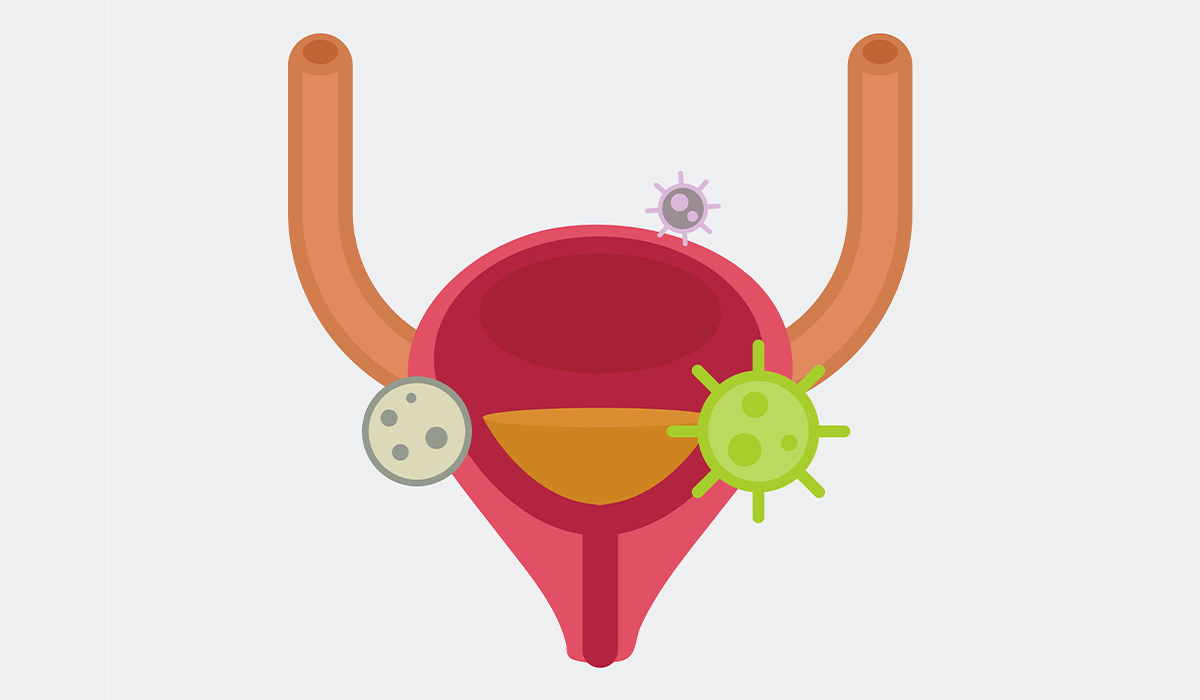
A bladder infection, also known as cystitis, is a type of urinary tract infection that occurs when bacteria enter and… read more »
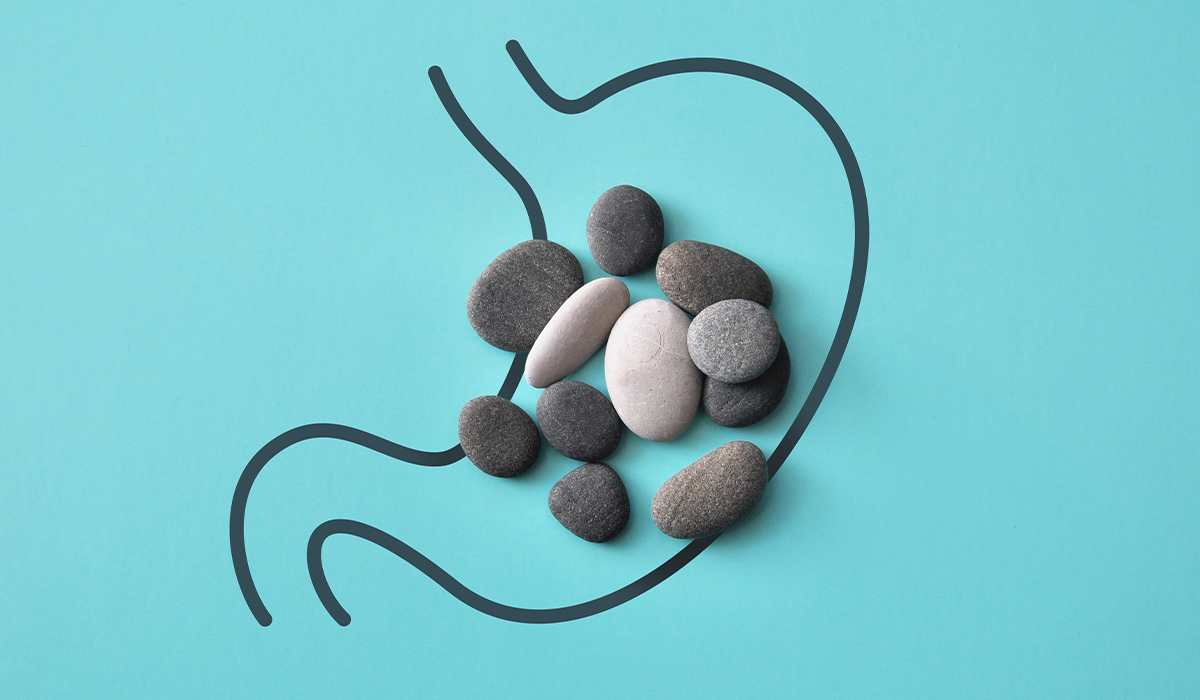
Kidney stones can form for a variety of reasons. Learn about factors that increase the risk of kidney stones. See… read more »

A nephrologist is a doctor who deals with the kidneys and urinary system. Many symptoms can indicate various diseases related… read more »
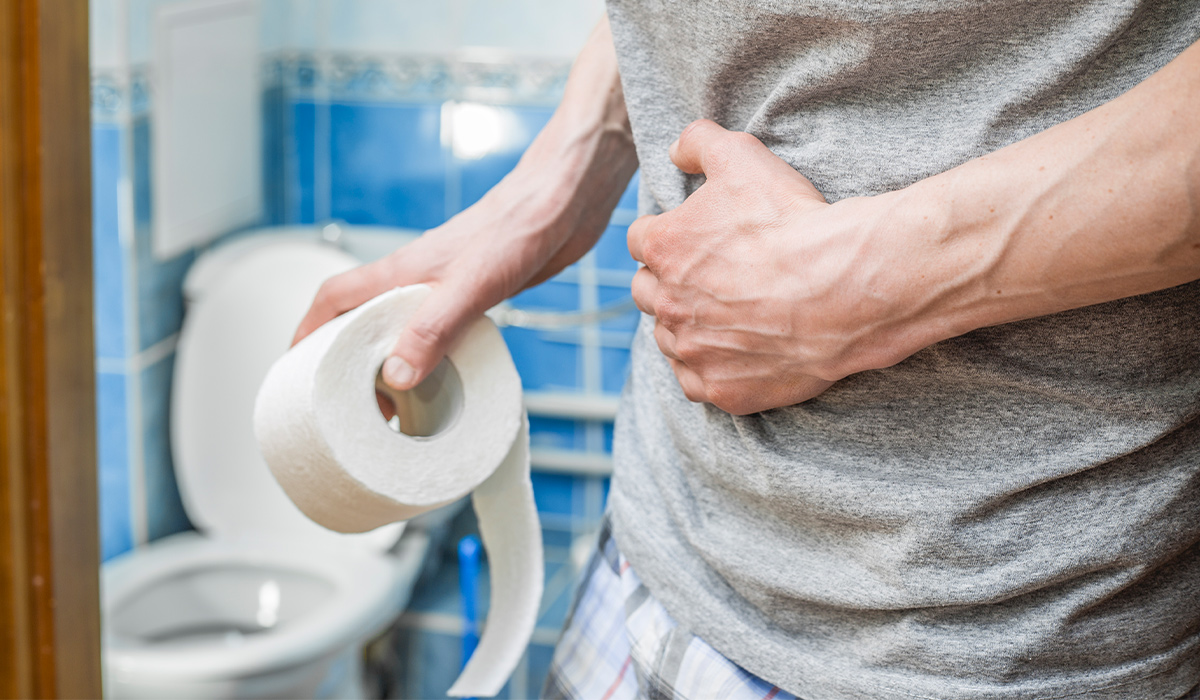
A UTI is a urinary tract infection. They are most often caused by bacteria. Infection may be limited to bladder… read more »
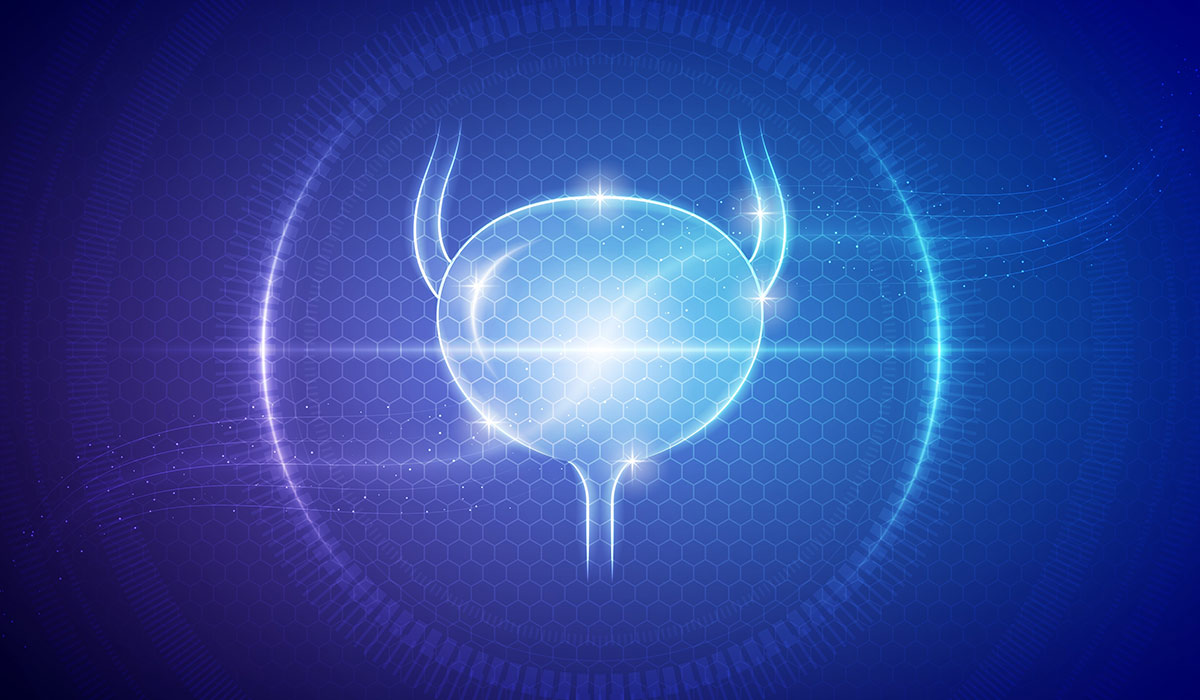
Of the many urinary tract diseases, the entity with the most unclear aetiology and difficult to diagnose is interstitial cystitis.… read more »
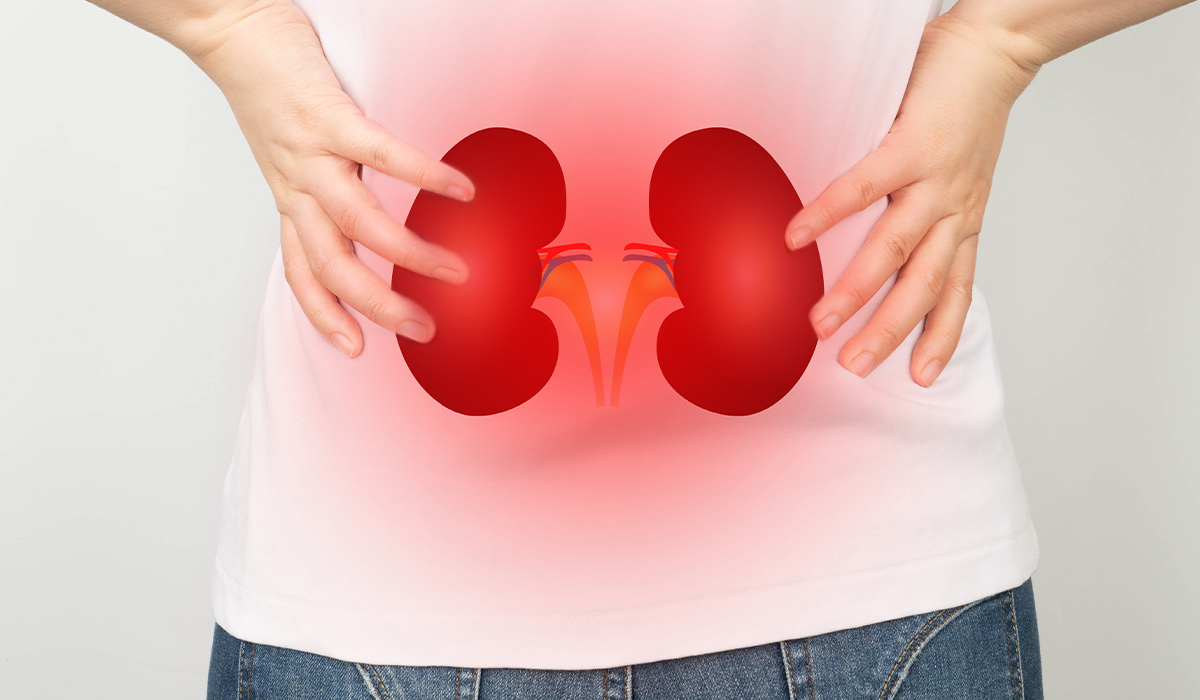
Kidney infections are a heterogeneous group of diseases characterized by inflammation of one or both kidneys. What are the symptoms… read more »
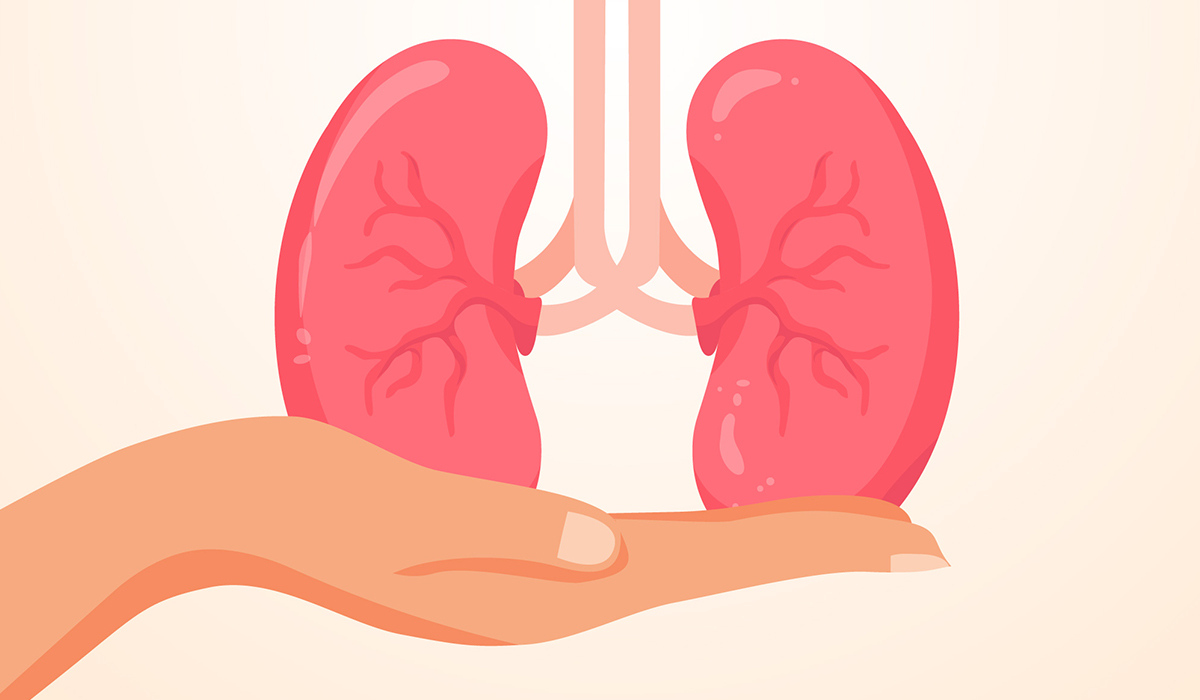
Kidneys are two bean-shaped organs that filter your blood from waste products. What are its other functions? How are they… read more »
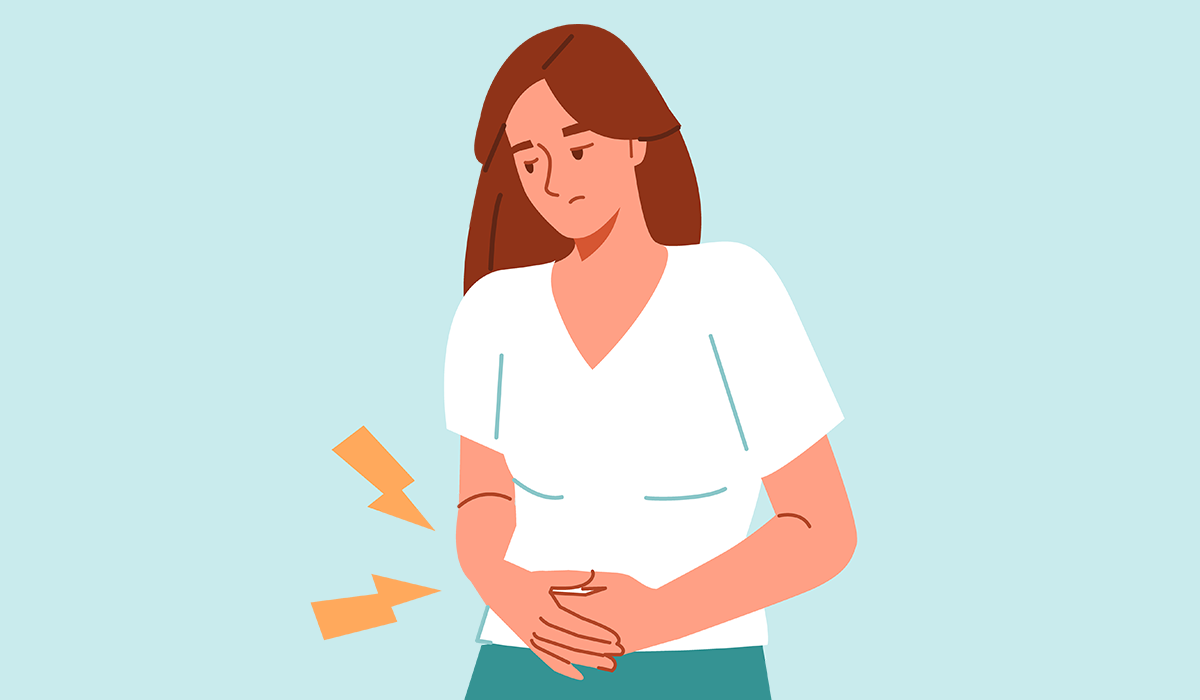
Bladder pain, regularly called bladder pain syndrome (BPS) or interstitial cystitis (IC), is a confusing and sometimes exceptionally genuine condition.… read more »

Cystitis is an infection of the bladder that develops when the bladder gets inflamed. Telltale signs of this medical condition… read more »